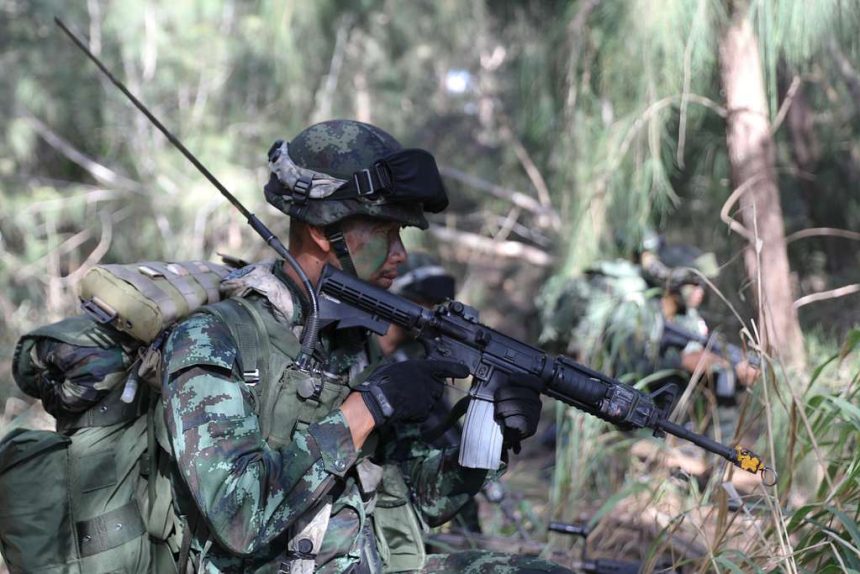Four Days of Escalation Across the Border
Hostilities between Thailand and Cambodia reached a peak on the fourth day of fierce clashes, with both armies exchanging heavy artillery, rockets, and airstrikes near disputed areas like Ta Muan Thom and Preah Vihear temples. The conflict—some of the worst in over a decade—has claimed at least 30 lives, mostly civilians, and displaced more than 200,000 people from both sides of the 817 km border.
Malaysia Steps in as Host for Mediation Talks
On Monday, July 28, the two sides agreed to engage in ceasefire negotiations in Putrajaya, Malaysia, hosted by ASEAN chair Prime Minister Anwar Ibrahim. Cambodian Prime Minister Hun Manet and Thailand’s acting leader Phumtham Wechayachai are both expected to attend. The talks are co-organized by the United States, with support from China, as part of international efforts to contain the conflict.
Ceasefire Request Shadowed by Mistrust
Cambodia has stated that its primary goal is securing an immediate ceasefire, as advocated by U.S. President Donald Trump. However, Thailand has voiced public scepticism, with its prime minister questioning Cambodia’s sincerity and accusing it of endangering civilians and violating international laws.
Heavy Toll on Civilians and Mass Displacement
Death toll estimates now exceed 35, including civilians and soldiers from both nations. Thailand reports at least 13 civilian fatalities, while Cambodia confirms 8 civilian deaths. Over 200,000 residents have fled conflict zones, with entire communities uprooted and civilian infrastructure—including hospitals and schools—suffering severe damage.
Diplomatic Fallout and Mediation Dynamics
Both nations have recalled ambassadors and severed direct diplomatic relations amid the crisis. Despite Thailand’s preference for bilateral dialogue, Cambodia called for third-party mediation via the International Court of Justice, a move Thailand refuses to recognize. Malaysia’s acceptance as neutral mediator, along with U.S. and Chinese involvement, underscores the call for broader regional and international coordination.
Root Causes and Historical Tensions
The hostilities stem from long-standing territorial disputes over undemarcated border areas linked to historical claims dating to the 1907 Franco‑Siamese treaty. The ICJ’s 1962 ruling awarded Preah Vihear Temple to Cambodia, yet flared nationalist sentiment and conflicting interpretations have repeatedly ignited violence over sacred heritage sites in recent years.
What to Expect Next
- International eyes now focus on whether the Monday talks result in an immediate ceasefire agreement or break down under mistrust.
- ASEAN—with Malaysia in the lead—may propose additional steps, while global powers could intensify diplomatic pressure on both parties.
- Civilian groups and displaced individuals are urging swift dialogue, emphasizing restoration of daily life and humanitarian assistance without further delay.
Final Take
After four days of violent escalation, Thailand and Cambodia have agreed to Malaysian-brokered talks in a bid to halt the fighting and secure cooperation from international actors. Whether this diplomatic effort can translate into peace hinges on overcoming mistrust, clarifying territorial claims, and balancing national pride with regional stability in one of Southeast Asia’s most sensitive flashpoints.










